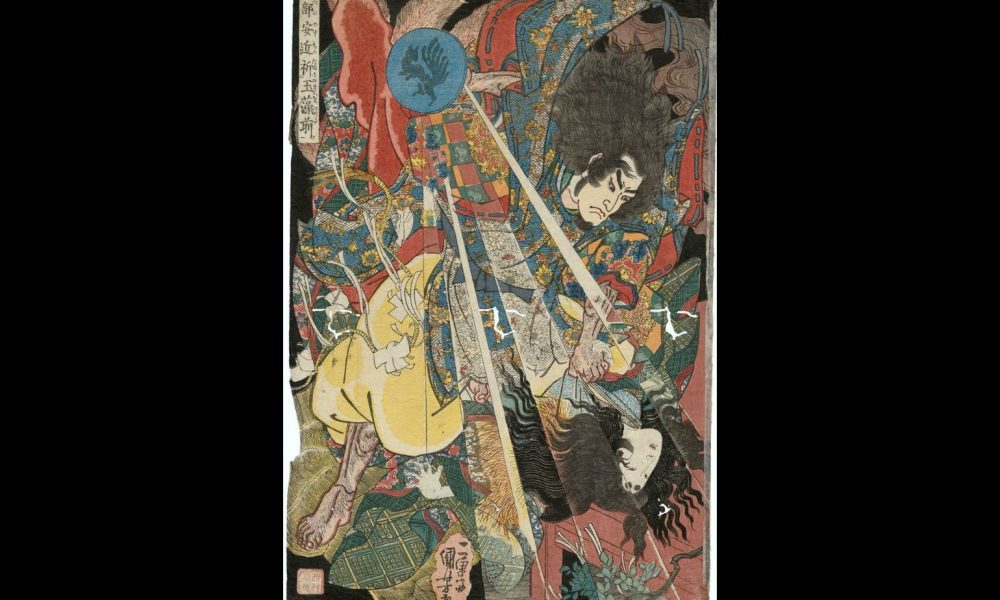
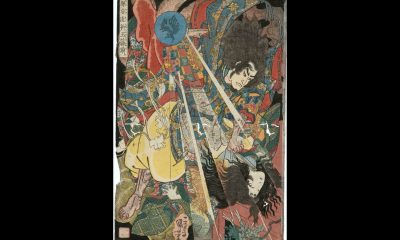

Japan's spirit world teems with supernatural beings, but the closest equivalent to vampires might be a fox spirit in the guise of a beautiful temptress.
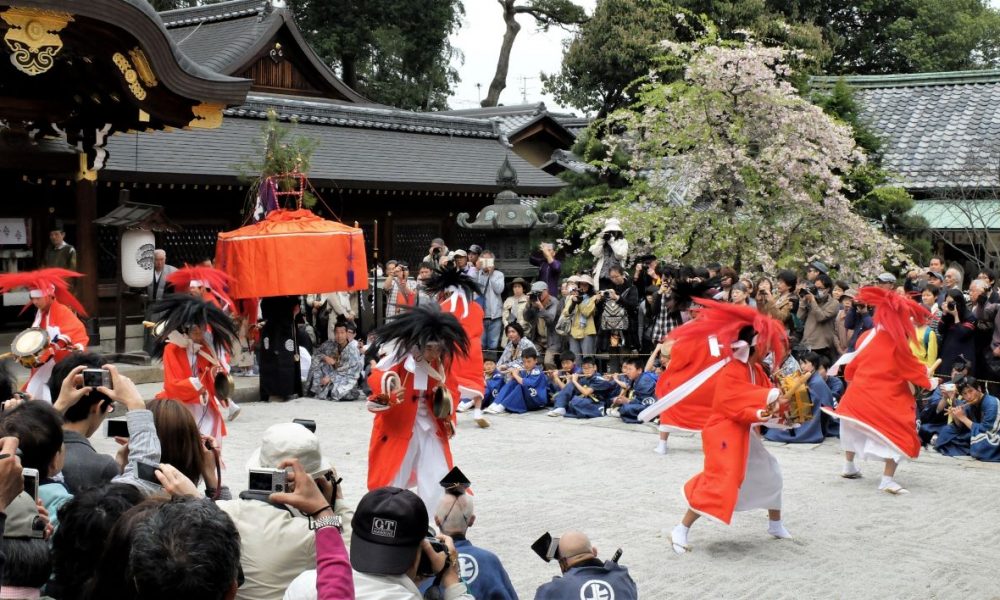
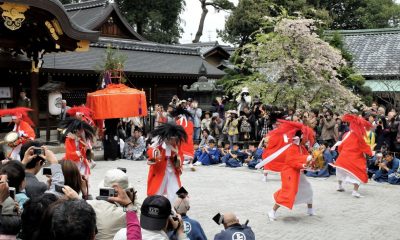

Spring in modern Japan is about new beginnings, but ancient festivals reveal that sakura was a sign so ominous it could scare people out of their...
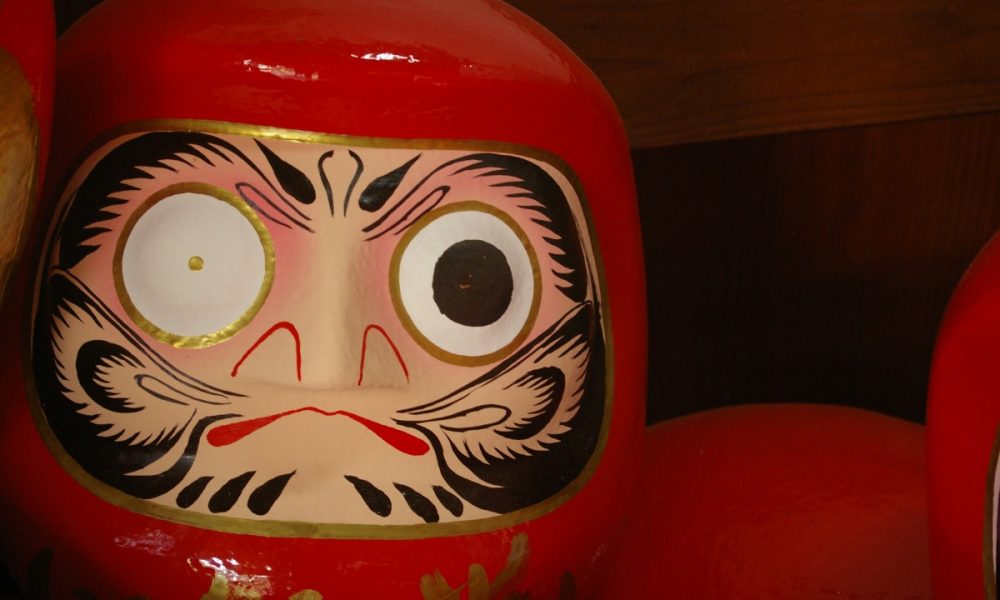
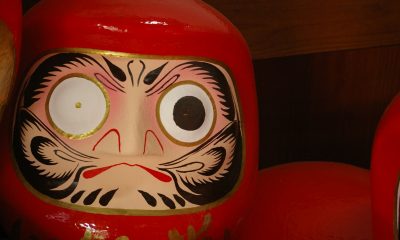

From a good luck charm for children to a talisman for sexual potency and childbirth, the daruma has been many things to many people throughout history.
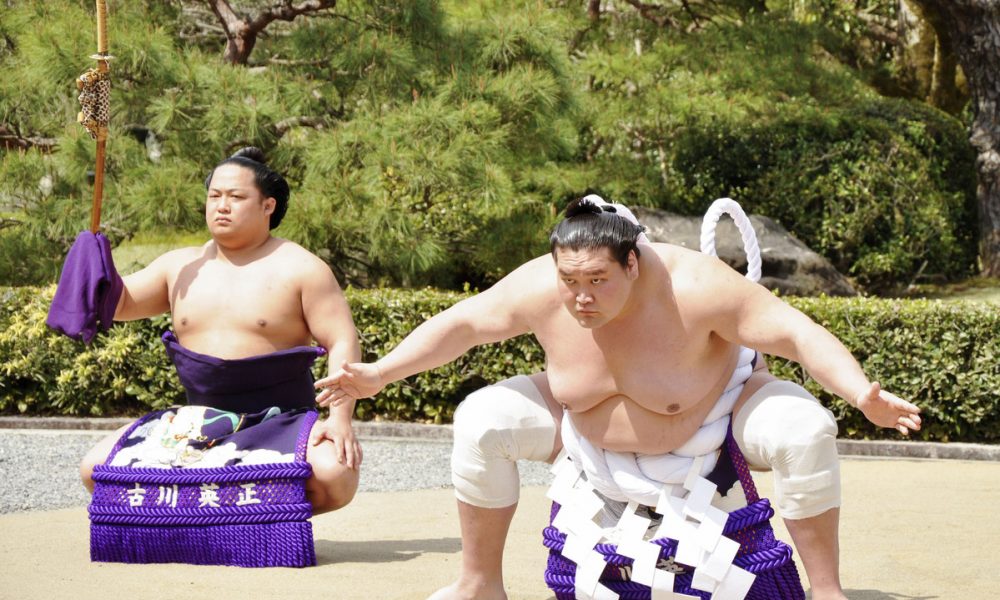
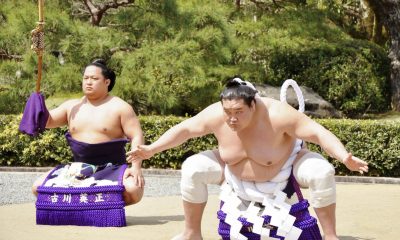

Who doesn't enjoy watching the sumotori performing their high-stomping warmup before a match? But there is far more to the stomp, and sumo, than meets the...
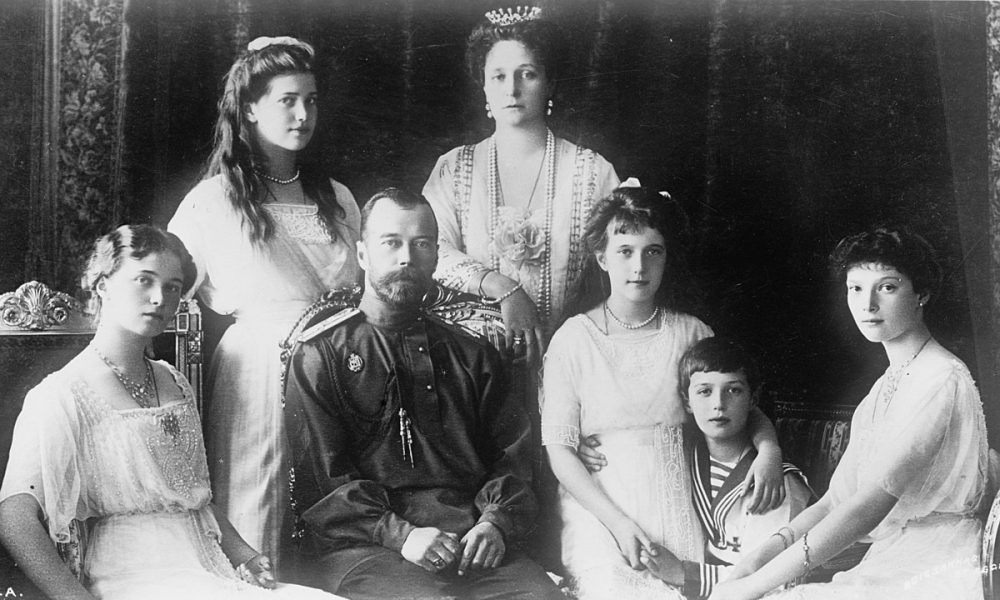
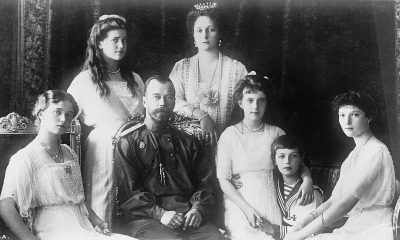

Did the actions of one Japanese swordsman set in motion Tsar Nicholas' revenge, leading to the Russo-Japanese war and even World War I?
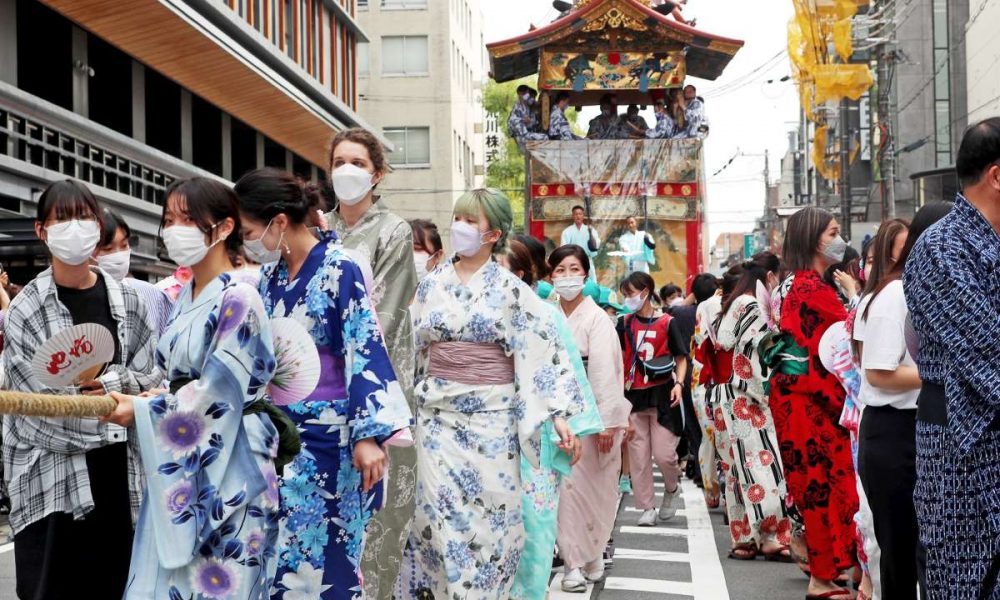
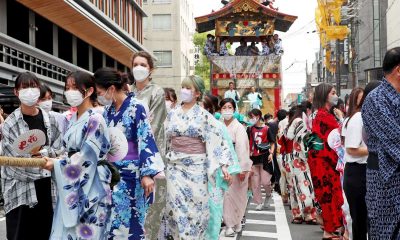

The position of women in the Gion Matsuri tradition has changed over the centuries, but the fact is that the Gion Matsuri could never be staged...
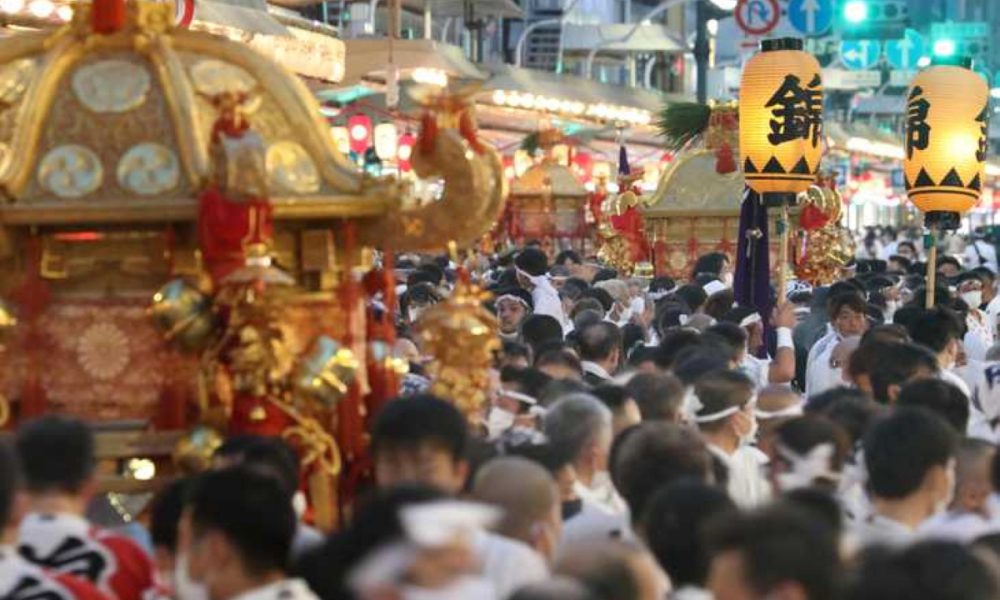


It takes time and much effort to pull the heavy floats the length of the parade route, mesmerizing the crowd with this direct link to Kyoto’s...
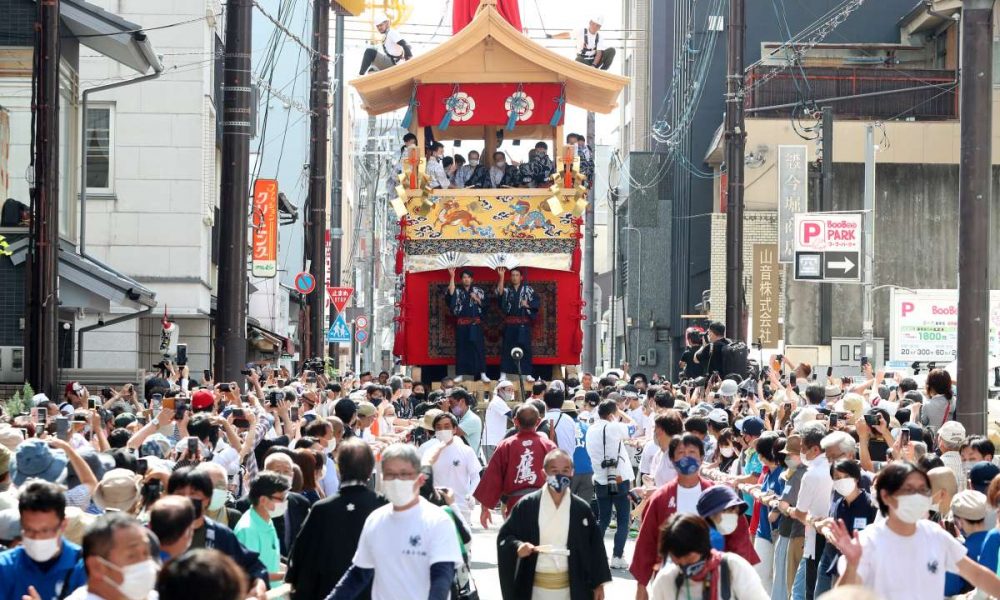
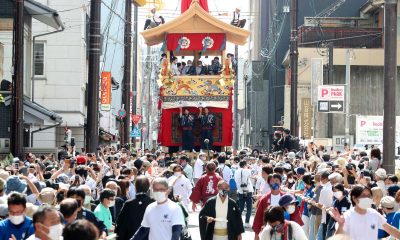

"Think of the Yamaboko Junko as a giant, serpentine magnet circulating through the festival zone drawing ekijin spirits of disease into the yama and hoko.”
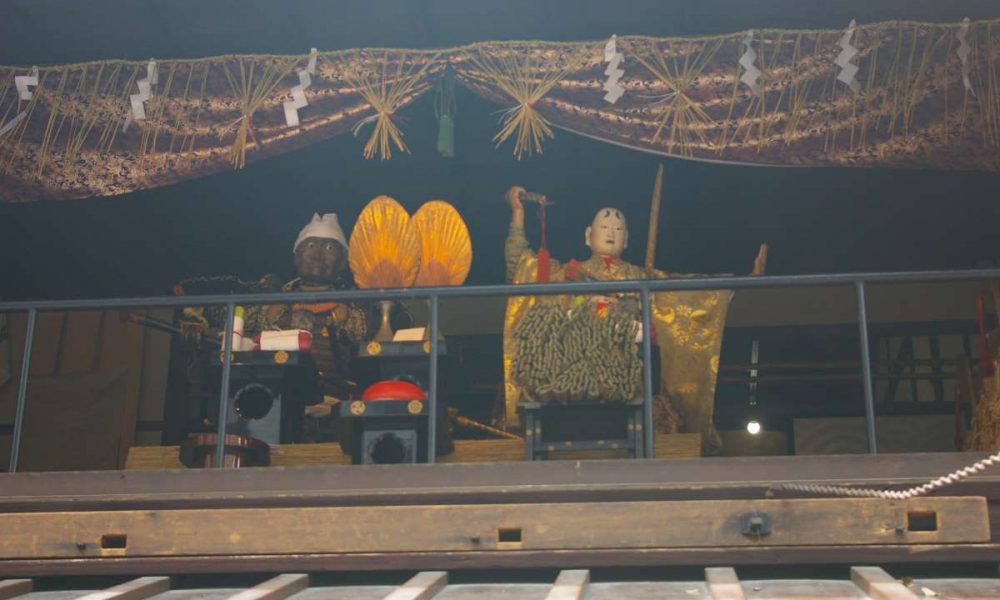
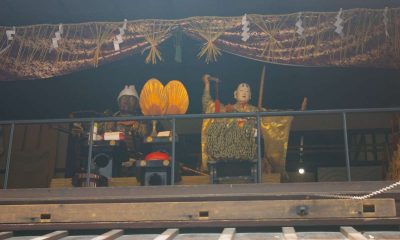

From ancient times, horses, especially white horses, were highly revered in Japan, and it was believed that sometimes kami arrived on horseback.
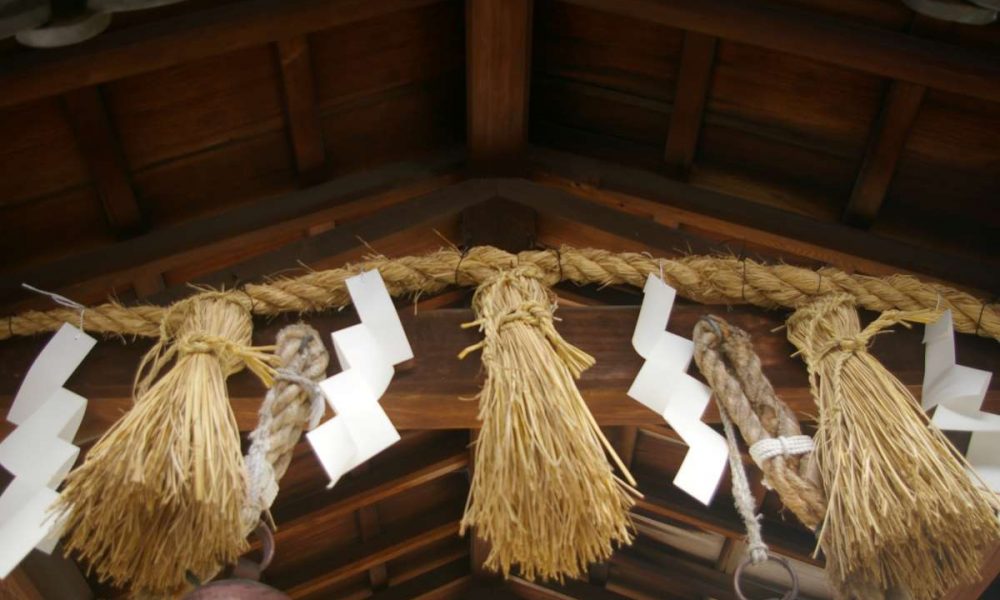
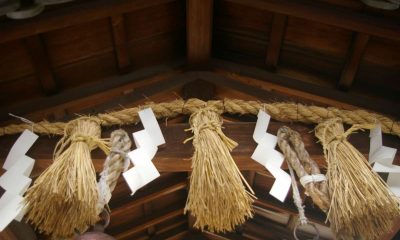

The parade of floats are famous, but decidedly secondary to the evening processions that take Yasaka Shrine’s three deities into the city for a one-week stay.
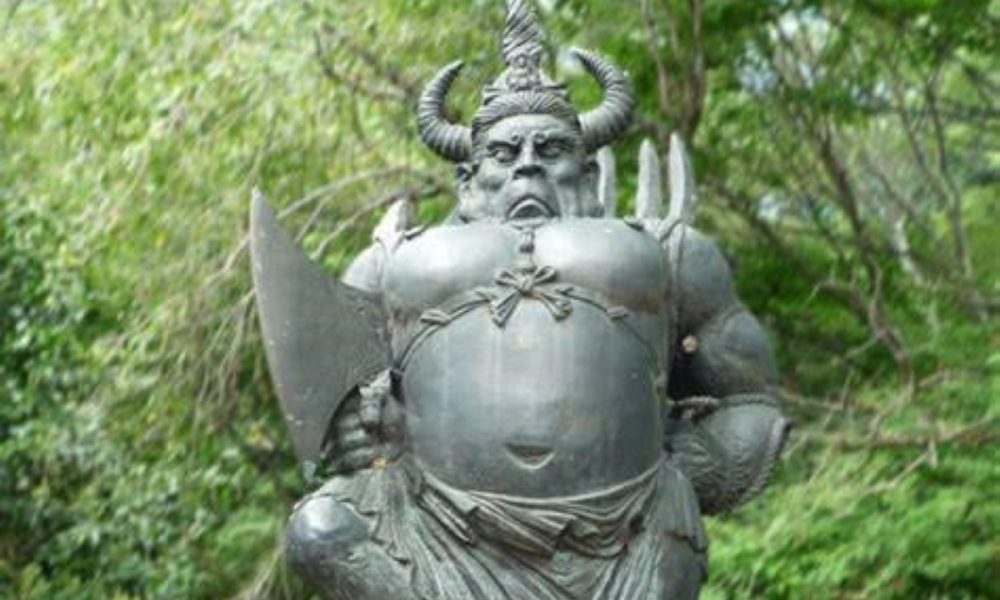
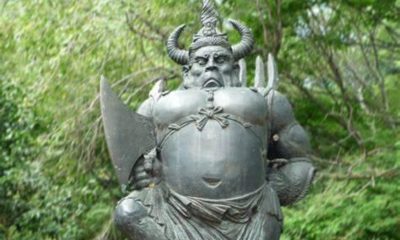

The Gion Matsuri story crosses many cultural lines. Was Muto-shin really Susanoo-no-Mikoto or a Korean god? And in which country did the Shorai brothers live?
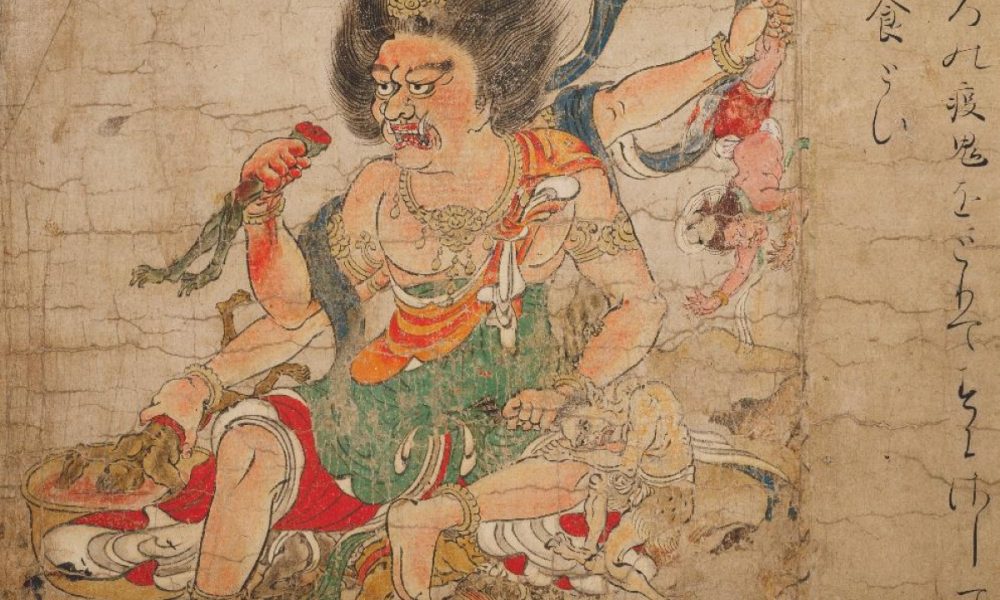


Seen during the Gion Matsuri, many Kyotoites to this day still paste such charms outside their doors, proclaiming that they are descendants of Somin Shorai.